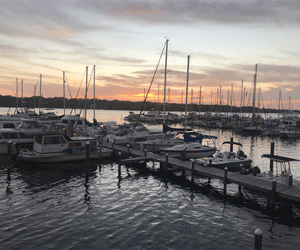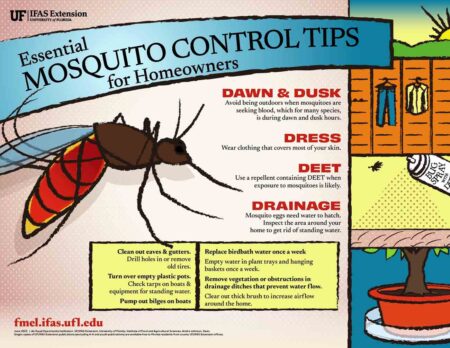NICEVILLE, Fla. — Planting trees that will grow to 60 feet in height underneath a power line that is only 20 feet off the ground does not make sense to me. But, you see the end result of this mismatch in virtually any town or city.
In some cases, I’ve wondered if people use the power line as a reference to plant the trees in a straight row.
A utility right-of-way may be a tempting place to plant trees because it is usually open and clear. But resist that temptation unless you’ve done your homework.
Trees don’t stay the same size after planting. They grow in height and width.
Before purchasing a tree, find out how large in height and width it will be at maturity to avoid having a future problem with a tree growing into above-ground utility lines.
Small, immature trees planted today can grow into problem trees in the future.
Electric utilities prune trees to ensure safe, reliable service to customers and to gain access to utility structures. The practice is referred to as line clearance.
Homeowners, horticulturists and other persons without Electrical Hazard Awareness training must leave this to a line clearance tree trimmer. Call the utility company or a utility arborist to do this hazardous work.
Planting “small” maturing trees (those that remain small even when mature) near power lines reduces pruning needs. Selecting the right tree and planting it in the right place around power lines can eliminate potential safety hazards and improve the reliability of your electric service.
In addition, your tree can achieve the proper height and form desired.
University of Florida researchers have developed a list of small trees that are better suited for planting below power lines. This list is now available at https://hort.ifas.ufl.edu/treesandpowerlines. When using this website, make sure to click on the correct region of the state.
Some of the recommended trees include redbud, fringe tree, crape myrtle, ligustrum, wax myrtle, loquat, sweet olive, chickasaw plum and Savannah holly.
These recommendations are based on UF/IFAS research, co-sponsored by the Florida Department of Agriculture Division of Forestry. More than 70 small trees were thought to be compatible with urban structures such as overhead power lines, streetlights and sidewalks.
The research was spurred in part by legislation enacted in 2007 (Statute 163.3209) that limits the mature height of trees that municipalities can recommend for planting beneath power lines.
Homeowners, property management companies, municipalities and utility companies can benefit from the website by taking steps to recommend and plant the right trees under power lines minimizing the need for pruning and the chances of tree limbs causing power outages.
Larry Williams is the Extension horticulture agent with the Okaloosa County Cooperative Extension Service, University of Florida. Contact Larry at 689-5850 or email lwilliams@myokaloosa.com.







